What to harvest, plant and prepare this March (PLUS how to get your best-ever celery crop)
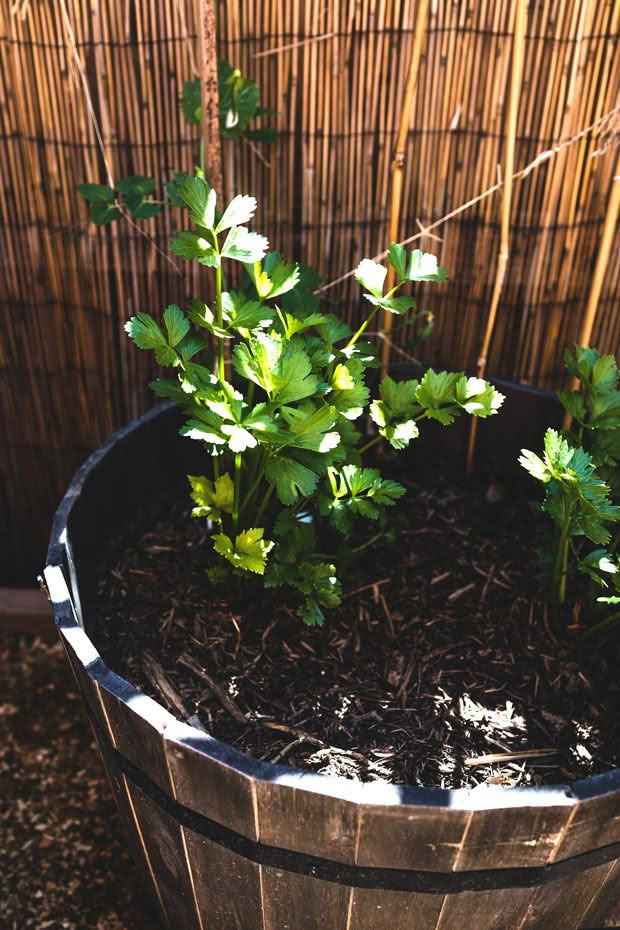
As temps begin to drop, it’s time to start thinking about cool-season gardening.
1. Love your herbs
• Sow coriander for autumn harvesting. In warmer regions you can still sow a last crop of basil.
• Divide and replant perennial herbs such as sage, rosemary, thyme, marjoram, and chives.
• Take cuttings of rosemary, thyme, and marjoram.
2. Prepare your winter garden beds
As soon as you remove spent summer plants, top up beds with a 10cm layer of compost or well rotted-manure and work it into the topsoil. Water thoroughly, leave it for a couple of days, then plant winter crops.
3. Harvest your pumpkins
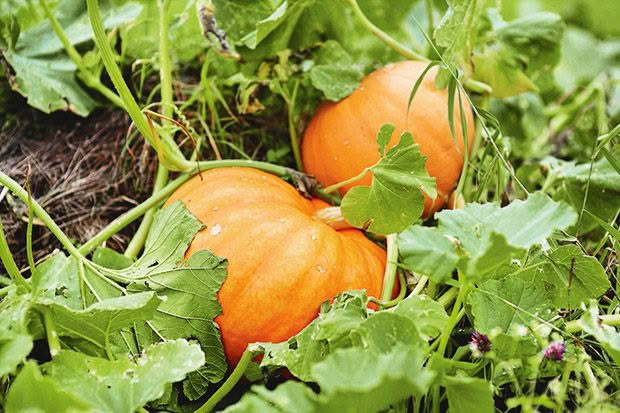
When ready, pumpkins will have a deep, uniform colour and a hard rind – when you press the rind with your fingers, it shouldn’t dent. For most pumpkins, this will be after the vines have shrivelled and died, but before the first frost.
To store pumpkins:
• leave about 5cm of stalk attached to the top;
• sit them in the sun to cure for a few days after cutting;
• keep in a dry, cool spot – if that’s in a garage or shed, you may want to wrap them in some light wire mesh to deter rats.
4. Warm soil temperatures in March encourage speedy germination. It’s the perfect time to sow winter basics, including beetroot, broccoli, cabbage, carrots, cauliflower, kohlrabi, parsnips, swedes, and turnips. Don’t sow root vegetables in highly fertile soil as they’re more likely to fork.
5. Radishes grow better and develop the best flavour when temperatures are cooler. Autumn is the perfect time to plant a crop of the quick-maturing red globes, which will be ready to eat just five weeks after sowing. Tip: keep plants well-watered for fast growth and better flavour.
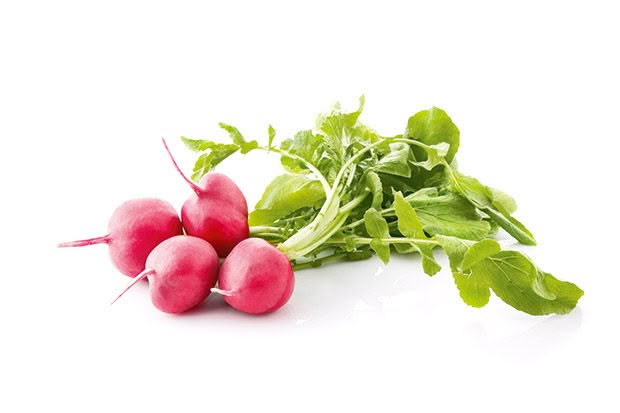
6. Get your best celery crop ever by:
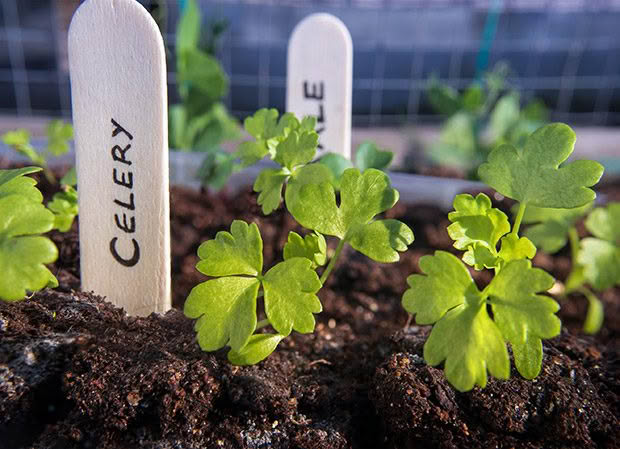
• Before planting, dig compost and blood and bone into the soil.
• Celery is slow to start, then takes off – feed with a high nitrogen fertiliser at the 40-day mark.
• Keep plants well-watered in dry weather. Without moisture, stalks are often small and bitter.
• Celery is prone to blackheart, where the centre leaf tips turn black, shrivel, and die. Celery needs lots of moisture so its roots can take up enough nutrients, especially the calcium required to form their fast-expanding leaf tissue. Without sufficient calcium, the centre stalks turn black and die, another reason why it’s vital to keep them well watered.
7. Are your winter garden beds in the right place? Even the hardiest vegetables need at least six hours of direct sunlight a day. Depending on the height of trees around your garden and the shadows they cast, you may need to create new beds to get optimal winter sun.
4 WAYS TO TAKE CAULIFLOWER TO THE NEXT LEVEL
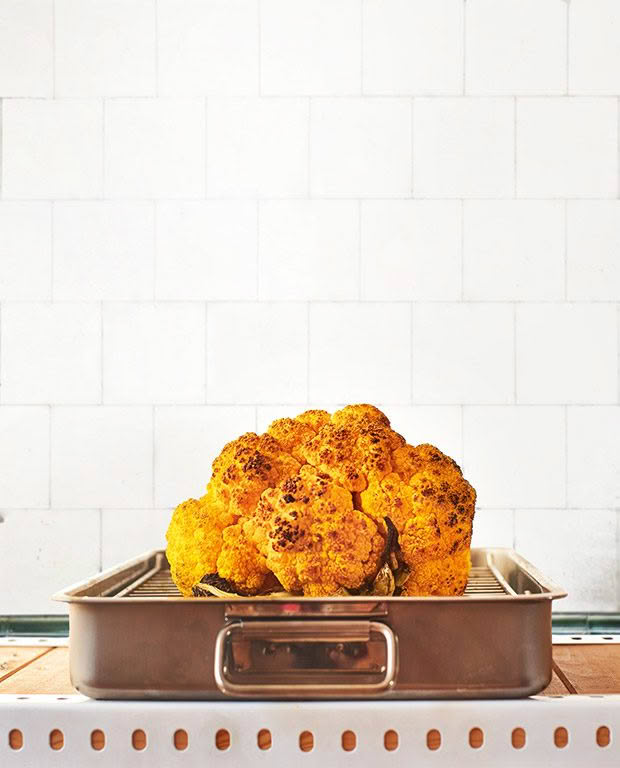
Roast it: Whole roasted cauliflower takes on any flavour and looks beautiful. Simply smother it in a rub, sauce, or paste such as red curry or tikka masala, then bake for about an hour until golden. Some chefs recommend putting a dish of water in the bottom of the oven to steam it, then brown it under the grill to finish.
Fry it: Dip cauliflower florets in a light (or thick) batter of your choice, then deep fry for a beautiful crunchy texture. You can add spices, garlic, or other flavours to the batter for extra zing.
Make rice: It doesn’t get much easier than whizzing florets of raw cauliflower in a food processor until light and fluffy. You can eat it raw mixed in a salad or cook it in a hot pan with a little olive oil or butter and salt to get something pretty close to hot rice.
Use it as a pizza base: There are a variety of ways to turn cauliflower into a crisp, crunchy pizza base. Whiz it into rice, mix with almond flour, dried herbs, parmesan, salt, and an egg to bind it, spread it out on a baking paper-lined tray, and cook in a hot oven until crispy.
Love this story? Subscribe now!
 This article first appeared in NZ Lifestyle Block Magazine.
This article first appeared in NZ Lifestyle Block Magazine.
